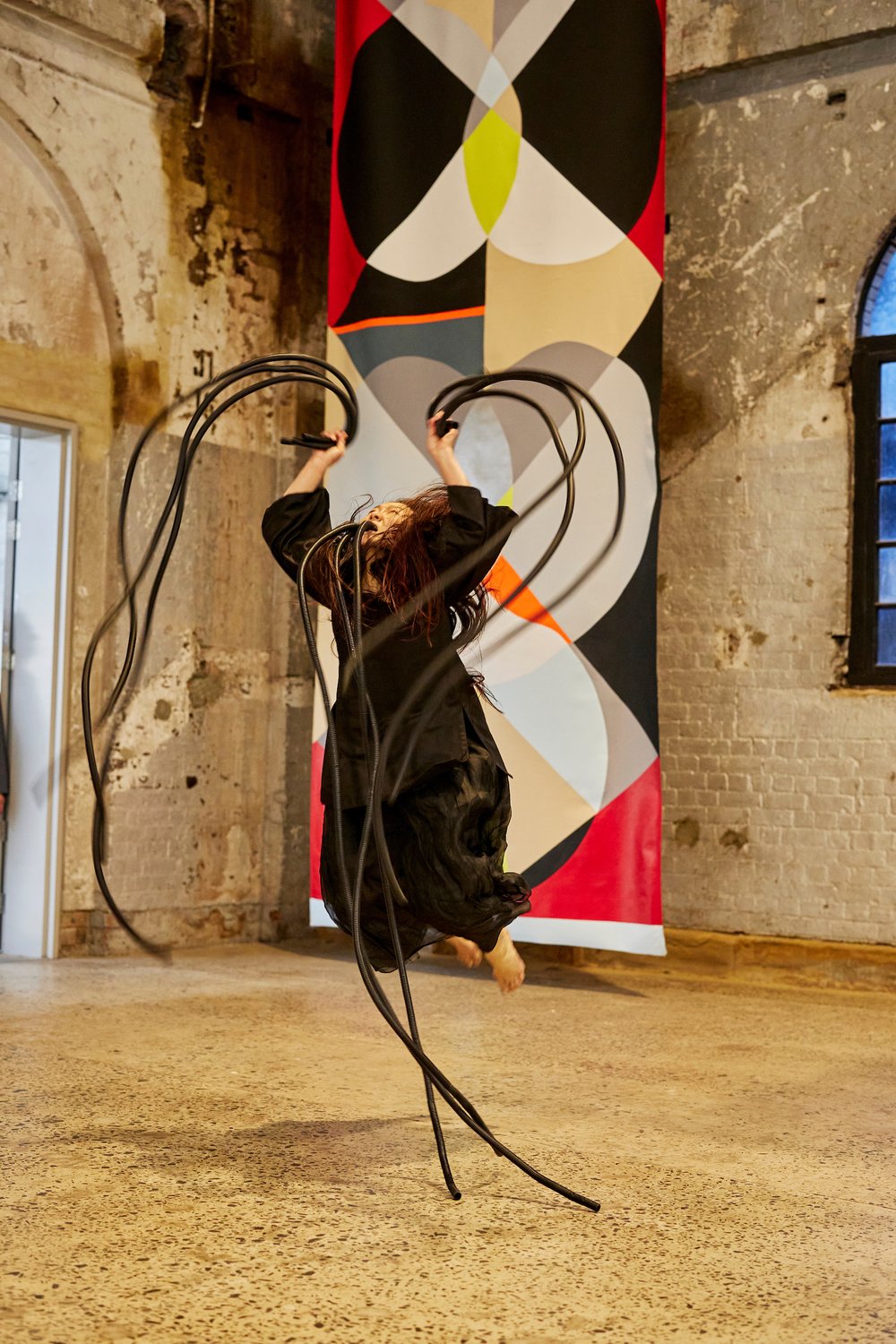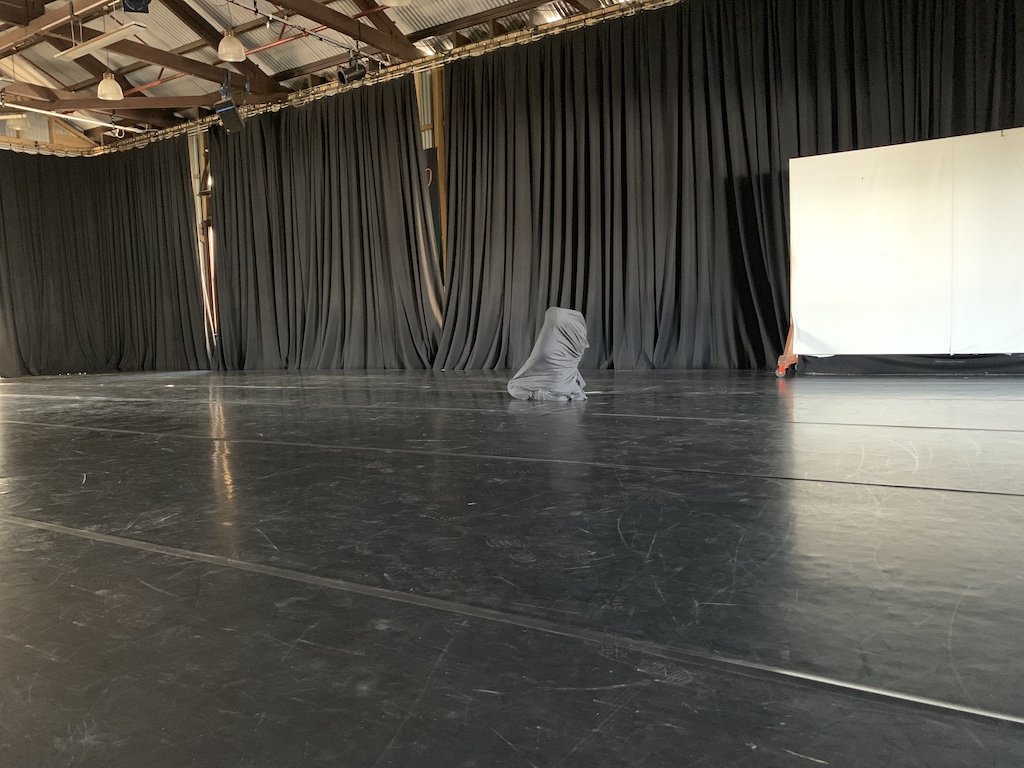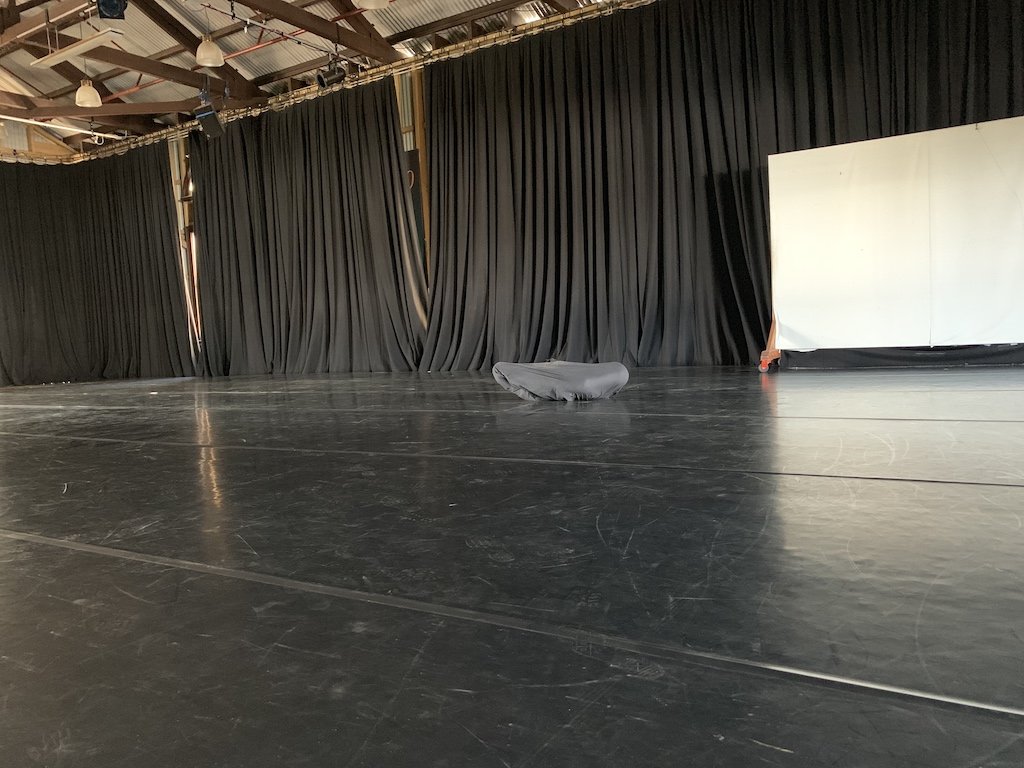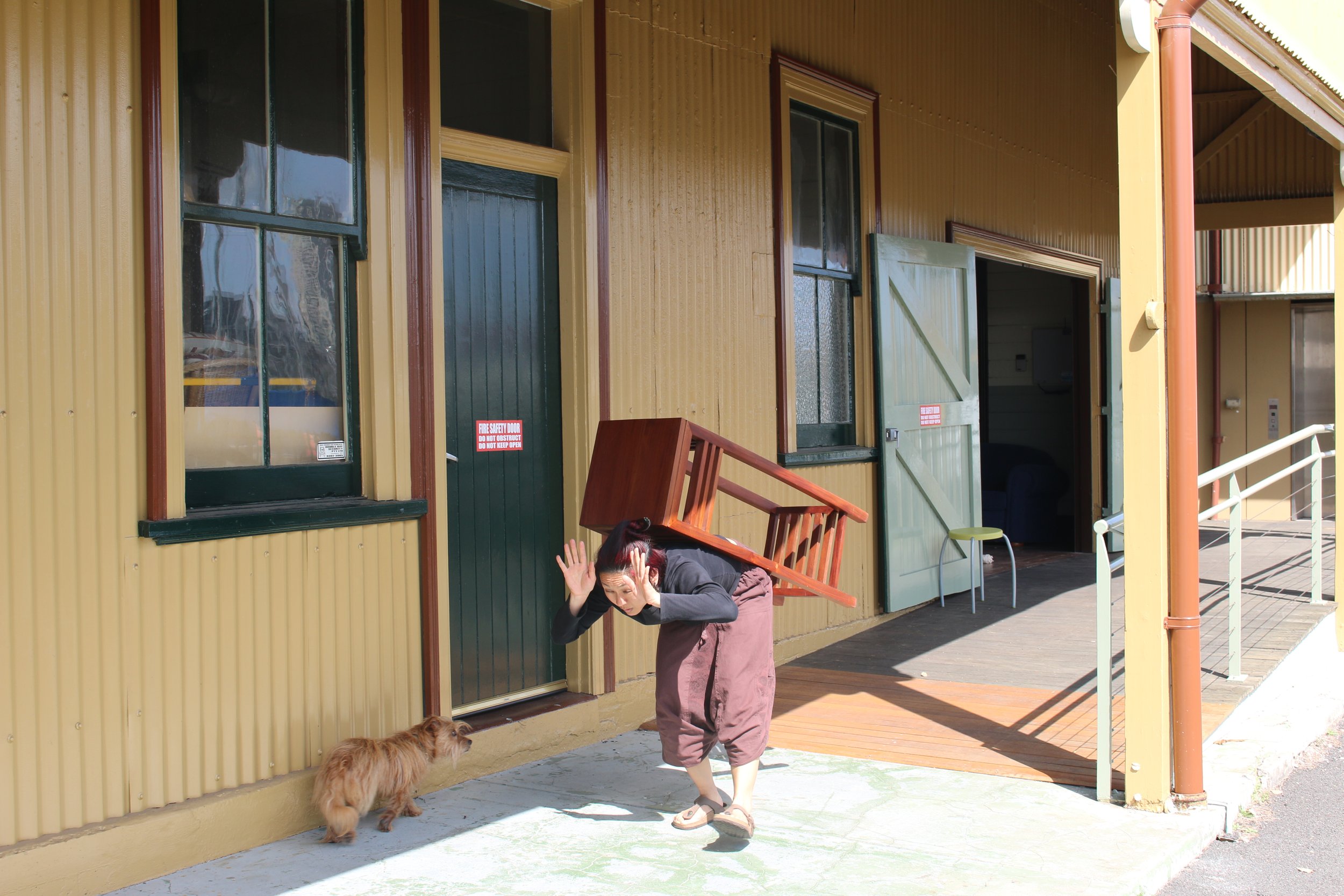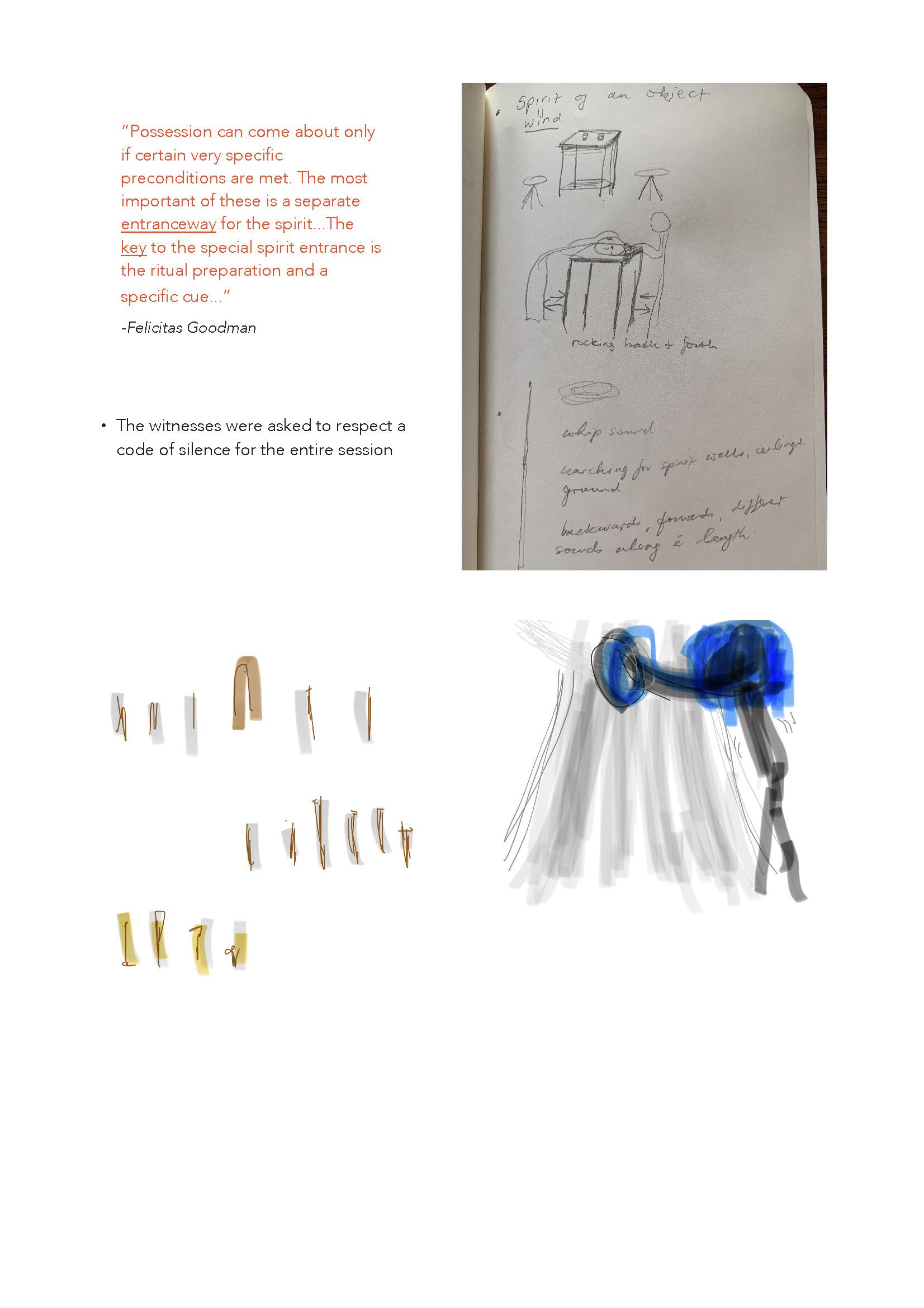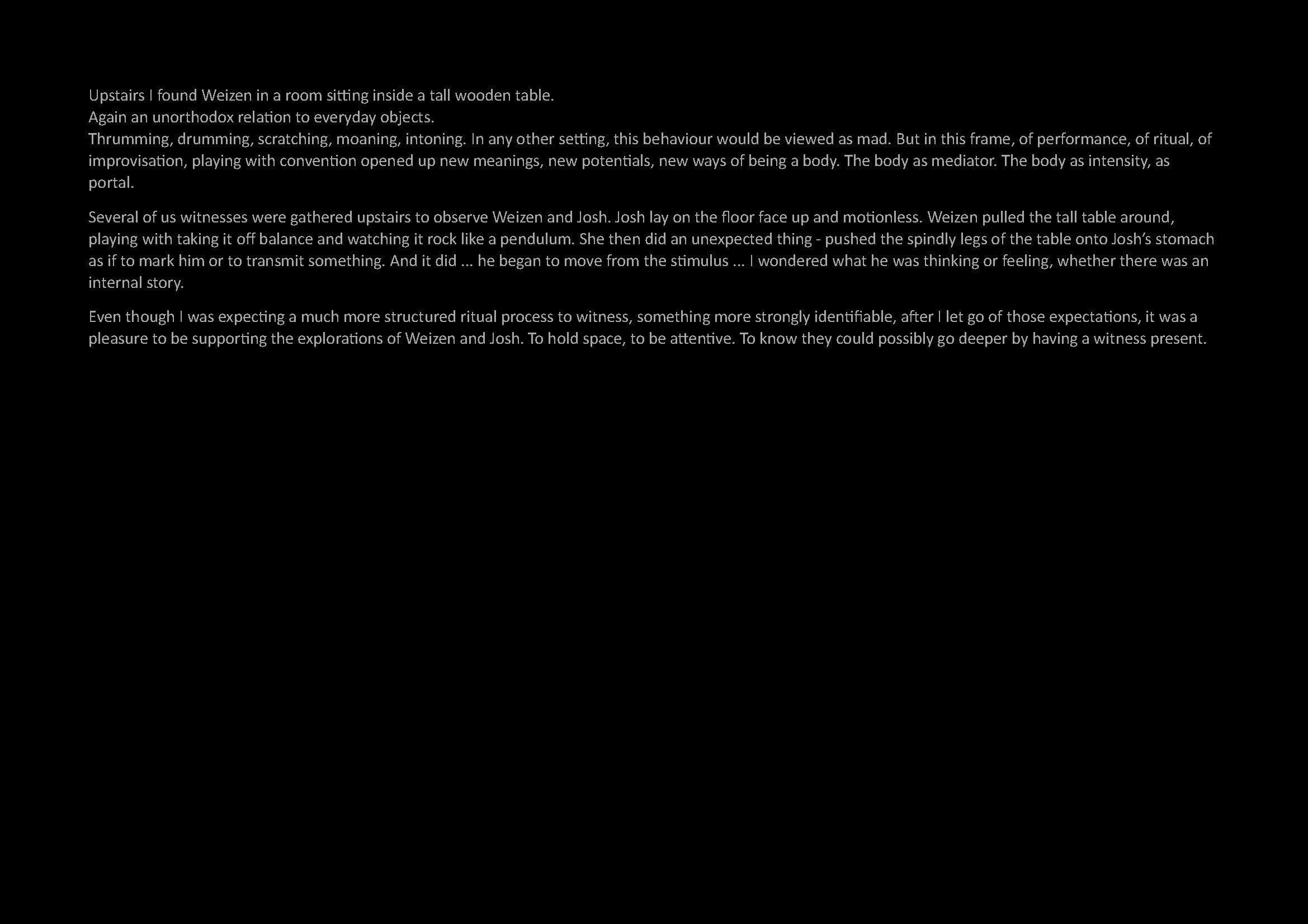Transmission
Critical Path Responsive Research Residency 2019
About the Collaborators
WeiZen Ho (performance deviser/choreographer) and Joshua Pether (dancer/choreographer) are interdisciplinary performance devisers whose collaboration delves into ritual as a process to explore, understand and uncover the missing elements of their cultural heritage.
This process always starts with the body as an archival element where a deep ritualistic sense of the past, present and future present themselves during moments of contemplation and questioning.
The participants are welcomed first, and then introduced to the parameters we set for this morning-to-dusk phenomenon. Everyone is encouraged to rest and nourish themselves, including the artists throughout the day: cups of tea and food were provided in the kitchen; mats, sofas and throws to nap and rest.
We began the first session with a morning walk initially led by Josh. But by the second and third session, we walked as a leaderless group and walked in the direction of the person who strongly wanted to move in a particular direction…
About the concept, Transmission
WeiZen and Joshua draw on stories, experiences and imagination on how ceremonies from traditional societies set up space as a way of accessing their sensitivities. In this sense their practice is both historical and contemporary where the challenge and questions they face are whether the power of ritual is possible in the code of contemporary performance architecture, and can this exist within the space of these two forms
Is the power of ritual is possible in the code of contemporary performance architecture?
They believe that their concept of Transmission can help unpack the first half of the above question. Transmission investigates the body as a walking archive (albeit scrambled) and transmittable medium that can help observe and understand the phenomena that occur when uncovering artifacts and information of the fragmented past, present and future.
The idea was excited by the notion of the body having the capacity to transmit information from historical events that may have taken place on a site (site-to-body). The body is also a receptacle for stories or messages that entities with non-physical human form may pass on (entities-to -body).
They will employ the concept of Transmission to allow imageries of their deceased family members (based on photos and memory) to seize the body, resulting in a physicality that straddles performance and possession. The photos are doorways to enter both the real, imagined and liminal worlds, with the potential of accessing their personal and cultural heritage (both real and imagined).
Can the power of ritual exist within the space of these two forms?
Audiences who become witness to this phenomena, are also a part of the ritual process through the emotional and mental energy generated as a viewer of the performance. Their reflections would be one way of understanding the second part to this research project. WeiZen and Josh are keen to explore the boundaries of a performance setting. They are interested in the reframing of what performance is and believe that Transmission as mode of practice can result in different forms of art, redefining what a performative experience can be. This also provides an opportunity for both artists to continue building on the formative stage of a working relationship. They believe that they are exploring a life’s work that can hopefully trickle across to the next generation of cultural ‘explorers’.
In imagining and creating new ‘temporal’ rituals around old connections, they are questioning ways of keeping open the contemplative power of nostalgia, and the deep longing for ‘originity’. These can act as an important anchor to cultivating a healthy human esteem from which they can continue exploring other possibilities and be educated in other cultures’ cosmologies, whilst learning about their own.
Witness vs Audience?
As mentioned previously, audience members become witnesses to the ritual that takes place. Their engagement within this context is framed by many things, many of which are the result of their understanding of performance and performance as theatre. The line of enquiry regarding audiences is multi layered and the residency pr ovidesthe opportunity to address the following questions:
What is the role the audience play? How is the unfolding of the phenomena/performance DEPENDENT on the audience? How is the ritual-performance structure we develop, dependent on the audience members? What are their varying roles?
With regards to the generation of the psychic energy mentioned, how do we enable this to occur or does this happen naturally? How can we ask audience members for help?Does the fact that audience ‘energy’ is dependent on the outcome and therefore relates to how successful the experience has been -what does success mean in these terms? We would like to investigate audience response to these phenomena and also the freedom of audience movement as part of this process. Does the well known ritual of the seated theatre audience need to be de-bunked?
Reflections, Observations, Insights
A major part of my practice, combines multiple imagery, marking/sketching and sound improvisation via everyday objects, vocal-phonic improvisation and movement improvisation.
My performance-installation combines art and performance theatre in new ways of presentation in site-specific, white-cube and
black-box environments. Within a Western cultural construct it includes traditional Eastern ritual informed by communal village lore of
Malaysia, Indonesia and Vietnam. In complex visual/performative works my connection to experimental performance combines the architecture of the site, silence, sound, text, visual projection, voice, language, movement and audience participation in ritualistic ways. I draw on
Eastern languages to form slippages of new words and sounds, and use human hair as the material to form imaginative connections to my maternal lineage and female shamans whom I have sat with.
From the premise that all human living is performed, the concept/method allows the body to act as an anatomical library and memory device. A line of inquiry I explore is cultural/familial re-membr-ance combined with animistic rituals that inspires, inventsand re-imagines entities from fragmented stories/mythologies that re-phrase performance. In considering performance through material visualisation- installation, which function as accoutrements of rituals, I am influenced by BodyWeather and Pancha Tanmantra principles that propel the physical/energetic body and visual materialisation into constant exchange.
My work experiments with the grey/transitional/liminal zones where abstraction is balanced with narrative, where the difficulty of vocalisation and movement is explored through textual material that balances on the periphery of comprehension. Vocalisation deals with text as phonic, where sp eaking-singing collide at unexpected junctures. In this manner, between periods of silent imagery/movement and near- incomprehension, the performance teeters on the edge.
